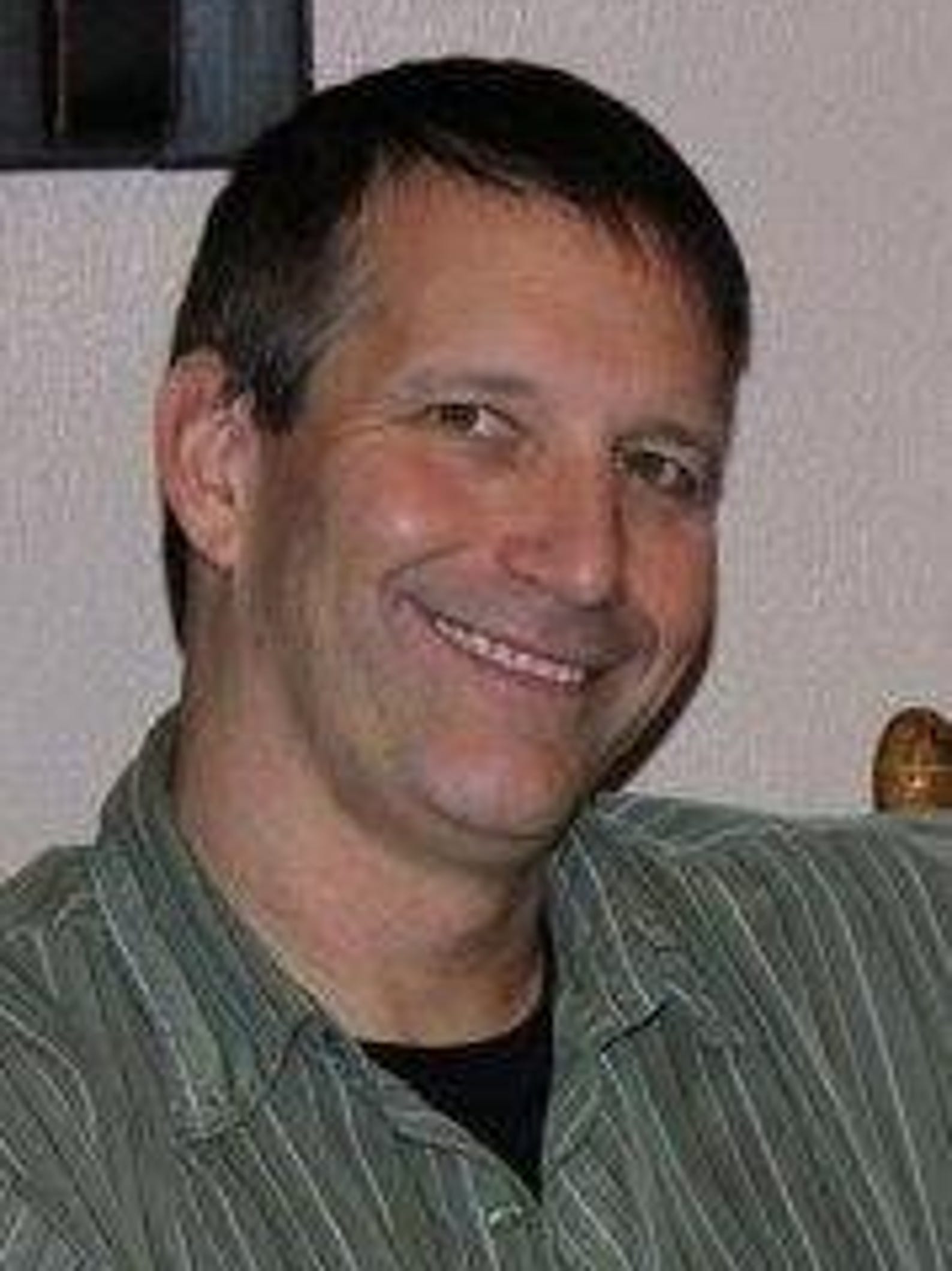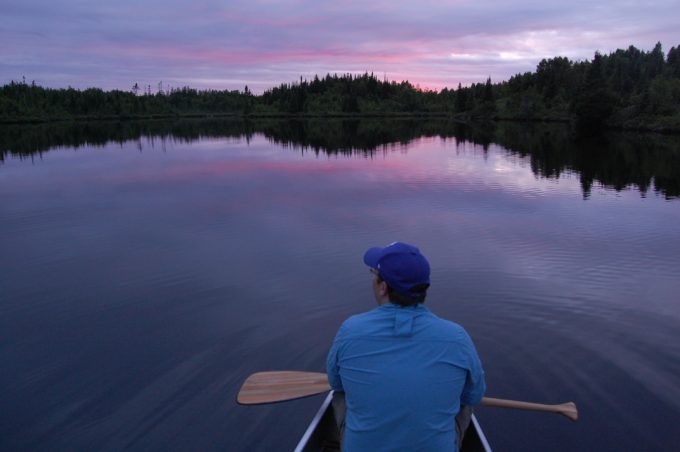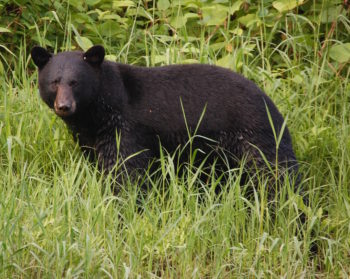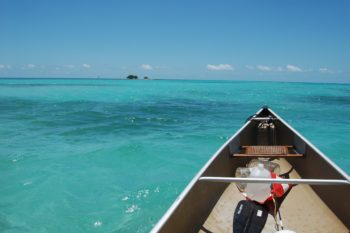Some journeys take us far from home. Some adventures lead us to our destiny.
Friday, November 24, 2017
OVER THE BOW: RED RIVER
And so for a time it looked as if all the adventures were coming to and end; but that was not to be. --- C. S. Lewis
I was hoping to get one more day in. Just one more day on the water. An early winter weather gloom hung over the river valley. The first snow had come early in October, followed by another dusting a week later typical and Fargo-like. The temperatures were plunging each night to that mystical point where water becomes ice. My season of days paddling was quickly running out on the Red River.
“There is one thing I should warn you about before you decide to get serious about canoeing, " said paddling guru Bill Mason in one of my favorite all-time quotes "You must consider the possibility of becoming totally and incurably hooked on it. You must also face the fact that every fall about freeze-up time you go through a withdrawal period as you watch the lakes and rivers icing over one by one. Cross-country skiing and snowshoeing can help a little to ease the pain, but they won’t guarantee a complete cure.”
When fall comes to the Red River Valley only the hardiest have yet to put away their canoes or kayaks for the season. The Red River was once again comfortable in its banks as its dark waters of flowed past the snow white covered shoreline creating a Christmas card like setting, insulated from the whir of traffic of the river's two cities.
A thin layer of ice from freezing rain coated my bow and water bottle as it froze on contact. While an even thinner film of ice had formed over the water along the edges of the meandering waterway. The sound of reverberation of radio static and breaking glass echoed over the peaceful river as the kayak's bow broke through the ice, a reminder of my coming to end to that years paddling season as the river way slumbered into its winter hibernation.
Over the Bow is a feature from Outside Adventure to the Max, telling the story behind the image. If you have a great picture with a great story, submit it to us at nickayak@gmail.com
Friday, November 17, 2017
THE KAYAK MURDER CASE
According to the Orange County District Attorney, it was no accident, it was a case of murder. A woman who admitted she helped cause her finance’s drowning death by removing a plug from his kayak before it to capsize on a during the Hudson River kayaking trip.
 |
| Angelika Graswald |
Viafore drowned while the couple was kayaking on April 19, 2015. Graswald, a Latvian national, admitted to pulling out the plug to Viafore's kayak before they set out on the river on a day when conditions were dangerous. She also admitted she was aware that the locking clip on one of his paddles was missing. She told them she was happy Viafore died, that she wanted to be free of him and knew she was primary beneficiary on two of his life insurance policies.
 |
| Vincent Viafore |
Her defense team said Graswald's statements were coerced by police during an 11-hour interview, that removing the kayak plug wouldn't have caused Viafore's kayak to capsize. Viafore also had a blood alcohol concentration of 0.066. and was not wearing a life vest or a wet suit and knew the springtime river waters were dangerously cold at the time.
“From the moment I was pulled from the water," said Graswald," They labeled me a defendant.”
 |
| Bannerman's Island on the Hudson River |
And while many expressed outrage in the justice system in what they felt was to light of a sentence for the crime in the New York Times Comments to last week's story. Some kayakers who responded, they maintain it was a tragic accident that could have been avoided and believe there is little substantiation to Graswald orchestrating Viafore’s death. Saying the lack of suitable kayaks to the rough conditions of the water, no PFDS or spray skirts and Viafore’s kayaking skills had more to due to his death than the lack of a drain plug.
"It is clear to me that most people don’t realize that the drain plug of a kayak is near the TOP of the kayak at one of the ends," wrote Jim from Pennsylvania, "Not submerged below the water line. To use it to drain water, you have to take the kayak out of the water, flip it upside down, and lift one end before waiting a few minutes while water trickles out a hole smaller than a quarter. You could kayak around all day with an open plug and not take on any water. The notion that this woman sabotaged his kayak by removing the plug is nonsense."
Another writer emphasized the lack of items that should always be used to kayak safely. Betsy in Maryland wrote, "As a longtime kayaker, I’ve been following this case somewhat and really don’t understand why she plead guilty. That guy didn’t drown because the drain plug was out of the kayak, he drowned because he was out on the river without a PFD, a spray skirt, and a wet suit during a time of year when the river water was cold, in a boat that wasn’t adequate for the conditions. All of those factors were in that guy’s control. He just made a series of very bad decisions. She didn’t sound like she was a very accomplished paddler, so I’m guessing that she had her hands full just trying to keep herself upright.
 |
| Angelika Graswald and kayak |
 |
| Viafore's kayak model |
And Pete from New York commented on the court's deficiency of understanding of the practice of kayaking in general "This story seems very odd to me. I am a class 4-5 whitewater kayaker with 5 years experience teaching. As said by other, the mistakes here would be going out without a PFD, going out in rough weather without a spray skirt and drinking before going kayaking. I just don't see any proof that a crime was committed here and I'm surprised that these pieces of evidence were even allowed in court."
So while the headlines screamed Kayak Murder, many in the paddling community speculate there is no way Graswald engineered Viafore’s death. And think though tragic, Viafore’s death was of his own making.
"This entire process has been incredibly difficult for me," wrote Graswald to the court, I love Vince very much and miss him terribly. When we went kayaking that day my intention was for both of us to come home.”
Friday, November 10, 2017
A MAN, HIS CANOE AND ALL FIFTY STATES
 |
| Photos by Eric Straw |
BY OUTSIDE ADVENTURE TO THE MAX GUEST BLOGGER ERIC STRAW
I already miss the rivers. It’s true, even after just returning from paddling a natural body of water in every state. Fortunately, as I discovered on my Canoe 50 Campaign, I don’t have to venture far to find a river. None of us do. From Delaware to the Dakotas and from Mississippi to Montana, every state in the union has a place to paddle, explore, and discover nature anew.
From Delaware to the Dakotas, every state has a place to paddle, explore, and discover nature. I have a multitude of stories and takeaways from my half-year excursion. Fresh off the water, here are a few that stick out. First off, I believe, more than ever, that our riparian areas are proper focal points for protection and barometers for overall ecosystem health; they are worth seeing, they are worth protecting and they are — along with our diverse population — what makes our nation exceptional.
 |
| Pine Creek Canyon, Pennsylvania black bear. |
Paddling down Pine Creek Canyon, Pennsylvania, I floated under passing white clouds, above the glinting water and between the steep canyon walls cloaked in green. The evening set in with a warmth only a fine summer day can provide. Then I saw it — 200 yards down river — the unmistakable shape of a black bear. Trying to calm my excitement, I put on my zoom lens as the bear began crossing Pine Creek. In silence, I canoed downstream as the bear reached the opposing bank and began walking along the shore, towards me. Soon, I was only 30 feet from 300 pounds of fur, teeth, and claws. At a loss for creativity, I called out “Hey bear!” The lumbering creature stopped, turned and looked right at me before disappearing behind a wall of shaking leaves. I passed over the next riffle, dumb grin plastered upon my face. While the spell of baseball cards wore off long ago, I doubt the spell of wildlife ever will.
 |
| Eric paddling around the Florida Keys. |
Now, like most of us, I have many frustrations with our political climate and the normalization of viewpoints that trend in frightening directions. On the nature side alone, I think it’s a shame that the mere word environment has become so polarized. It’s a shame professing a love of nature might somehow instigate a vicious political argument. It’s a shame people feel they need to be either on the side of the economy or the environment, as if improving either inherently destroys the other.
 |
| Cormorants at the mouth of the Mispillion in Delaware. |
Along with all the human interactions, the memories of the waterways I canoed will endure. Setting out, I was almost more excited about visiting the unassuming, low tourism budget states than the postcard destinations. Instead of finding mundane, unattractive water bodies, I was floored by the scenic rivers and unsung wilderness areas in states rarely noted for their natural beauty. In April, I swam in the clear black water stream on a Wild and Scenic River in Southern Mississippi. In May, I saw thousands of arctic migratory Red Knots gather by spawning horseshoe crabs at the mouth of the Mispillion in Delaware. In June, I surprised a family of river otters, playing in a shallow riffle, in the hills of Ohio. So on and so forth. My canoe quest was a never-ending showcase of American splendor in places you would and wouldn’t expect.
Classic beauty isn’t the reason our rivers deserve our respect and stewardship. Ecosystem health, human well-being, ad an array of non-aesthetic factors are as essential. But, boy does it help to stir hearts and open wallets when you realize how stunning our rivers are to behold. I’ve raised money for American Rivers throughout my journey because I believe our nation needs this kind of organization to raise the profiles of endangered waterways and protect natural places, from the unassuming to the majestic. I believe America’s rivers and wild lands are what make us exceptional and they’re worth protecting — grab a paddle and go see for yourself.
Eric Straw in a Texas based paddler on mission to canoe a body of water in all 50 states over 2017. He started last April on Brazos River and according to his November blog post has only 6 states left after paddling on Pyramid Lake in Nevada. You can catch up with Straw on his blog and read more of his state by state adventures at www.shamelesstraveles.com. and on Instagram
You can also help Straw reach his fund-raising goal for American Rivers by donating here.
Outside Adventure to the Max is always looking for guest bloggers. Contact us at Nickayak@gmail.com if you are interested.
Friday, November 3, 2017
LIGHT SWITCH
The world is big and I want to have a good look at it before it gets dark.--- John Muir
It's fall back time. This Sunday, Nov. 5 at 2 a.m., the time flips back an hour to standard time. Great if you are an earlier riser in this light switch from evening to morning. However, losing the hour at the end of the day always surprises me. I'm not ready for the darkness, as the sun seems to slam into the horizon before my eyes. Exploding into little bits before disappearing into the night.
“There are very few things in the world I hate more than Daylight Savings Time," said author Michelle Franklin, It is the grand lie of time, the scourge of science, the blight on biological understanding.”
She is right of course as many who don't enjoy the practice of Daylight Savings will attest. We don't lose or even gain for that matter a dose of sunlight with the time change, we lose it astronomically as the sun approaches its southernmost position, aka the winter solstice, the shortest day of the year in the Northern Hemisphere.
Still losing that golden hour at the end of the day seems unforeseen and unexpected for me. I can remember a fall paddle on the north arm of Folsom Lake. I had gotten a late start when I slid my kayak into the water on the south side of Doton's Point. The sun was already dipping behind some clouds and hovering over the horizon. It would be a race against it to see if I could finish before it set.
Now I had won the contest against the setting sun many times before while on summer nights camping. I would paddle out across the water watching that giant orange ball dissolve into the lake while I still have enough light to paddle back to the beach and light the campfire before nightfall. Twilight lingers in the summer, but not in autumn.
This time I was humbled. I didn't beat the night. I had paddled out too far and still had to come back. I tried to hurry back as fast as I could. My fingers and feet tingled as I pressed into the foot pegs and paddle. But, no matter how fast I tried to paddle, the sun was gone and night had prevailed.
As a full moon rose over the foothills, I paddled back along the shoreline towards the lights of Folsom Dam. The land and water amalgamated into the murkiness of the night. I can't say I was lost. I pretty much knew the lake and how to get back. But, without my headlamp, it was more like fumbling around in a dark bedroom trying to find the light switch. My truck was out there, I just had to find it.
The moonlight glistened on the water as I paddled up to Donton's Point. In the shadows, I could make out the silhouette of the truck's body parked along the beach. I was back at my starting point tired and a little relieved. I loaded up and drove away thinking, I better get an earlier start next time. It was only a little past 6 p.m.
That one-hour daylight switch from evening to morning as we fall back to standard time begins this weekend. We don't go back to daylight saving until Sunday, March 11, 2018, about a week before spring begins.
Fire Closes Boating on Oregon River
 |
| Photo courtesy of North Umpqua Outfitters |
Forest Service officials said the decision was for safety after wildfires burned numerous trees along the stream sighting those trees will likely fall into the river during fall, winter and spring storms, creating dangerous hazards in what’s already a rapid-filled section. Local outfitters are frustrated by the decision and called the closure length unnecessary and arbitrary.
 |
| Photo Courtesy of Randy Lathrop |
The New York Times reported after Hurricanes Harvey and Irma battered Florida, one Florida man came upon a what may have appeared to be a large piece of driftwood while riding his bike near the shore in Cocoa. it turned out to be an old cypress wood dug canoe. The boat could be hundreds of years old says state authorities, who are working to learn the canoe’s origins.
Subscribe to:
Comments (Atom)










